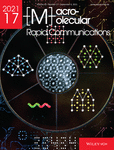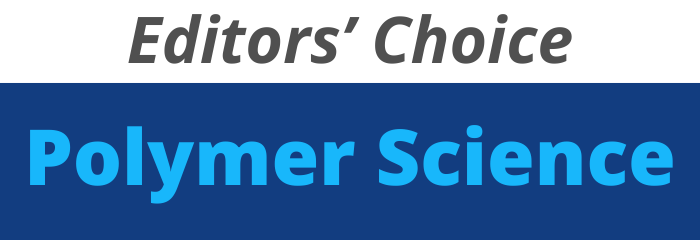Journal list menu
Export Citations
Download PDFs
Cover Picture
Mesoporous Organic/Inorganic Hybrid Materials with Frank-Kasper Phases Templated by an Unusual Linear Symmetry Diblock Copolymer
- First Published: 07 September 2021
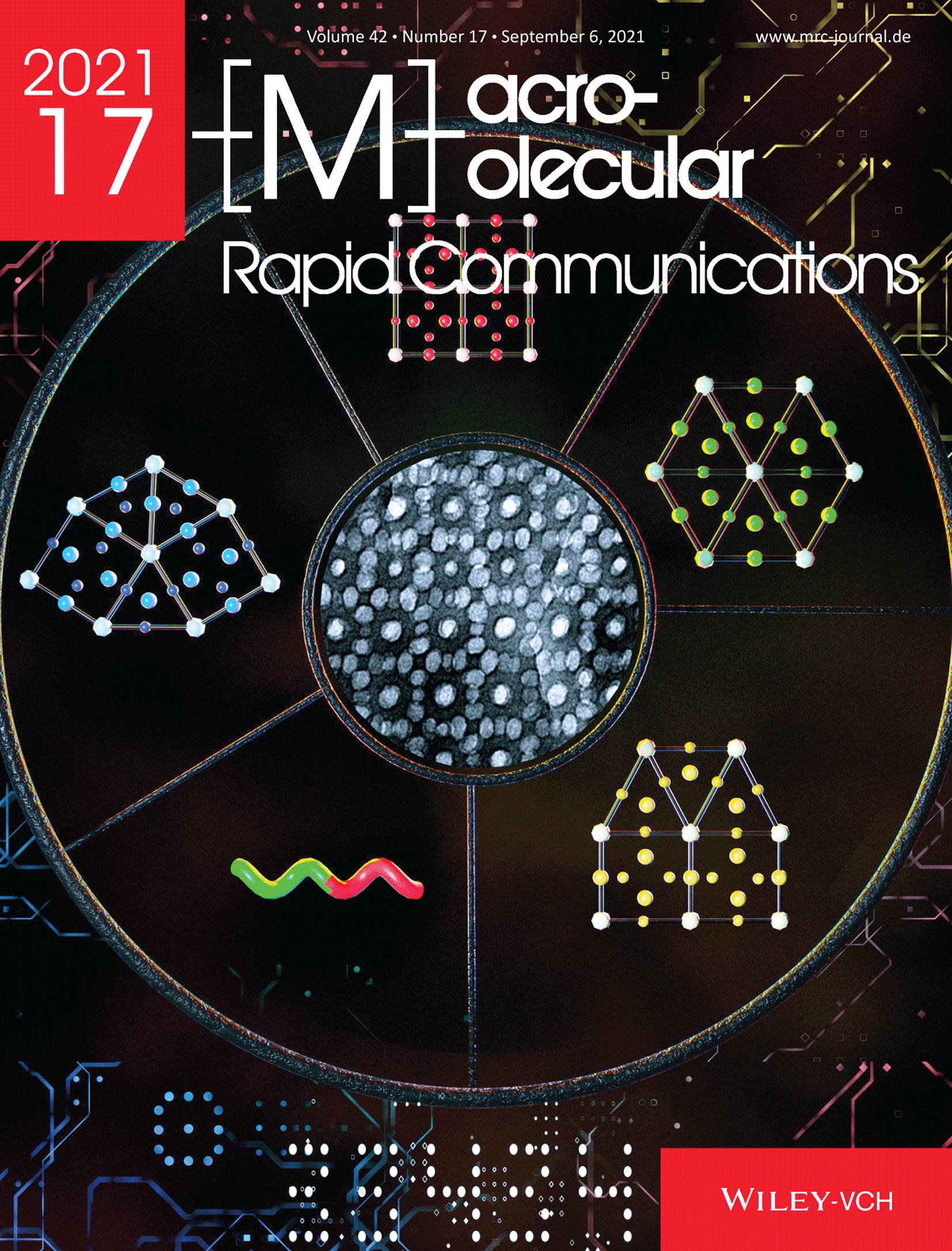
Front Cover: In article number 2100302 by Shiao-Wei Kuo and co-workers, an unusual linear symmetric PEO-b-PCL diblock copolymer as a template within phenolic/DDSQ hybrids is used to synthesize mesoporous materials having Frank–Kasper phases including σ, A15, H, and Z phases. These Frank-Kasper structures are the first to have been prepared using a block copolymer and the first to exist in mesoporous materials.
Masthead
Review
Developing Anisotropy in Self-Assembled Block Copolymers: Methods, Properties, and Applications
- First Published: 17 July 2021
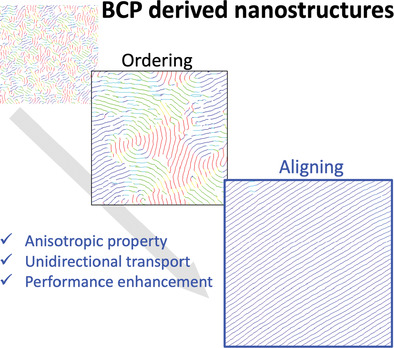
Aligning block copolymer nanodomains provides a means to produce anisotropic materials properties, which are particularly attractive for many applications. This review highlights the progress in the development of anisotropic block copolymers, including annealing methodologies, structure–property relationships, and their potential use in emerging nanotechnologies. Forward-looking perspectives are presented about the opportunities and challenges to further expand this exciting field.
Research Articles
Mesoporous Organic/Inorganic Hybrid Materials with Frank-Kasper Phases Templated by an Unusual Linear Symmetry Diblock Copolymer
- First Published: 03 July 2021
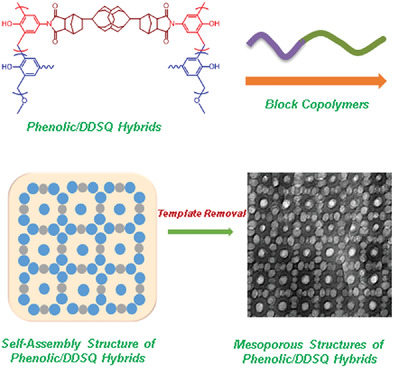
Mesoporous Frank–Kasper Phase: Unusual linear symmetric PEO-b-PCL diblock copolymer as the template into PDDSQ hybrids to synthesize the mesoporous phenolic/DDSQ materials with Frank-Kasper phases, such as σ, A15, H, and Z phases, can act as the first example to both the block copolymer and mesoporous materials fields.
A Highly Controlled Organic–Inorganic Encapsulation Nanocomposite with Versatile Features toward Wearable Device Applications
- First Published: 06 August 2021
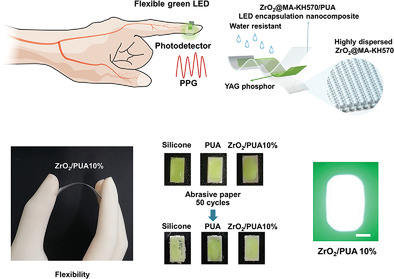
An encapsulation of modified zirconia (ZrO2) nanoparticles in ultraviolet-curable polyurethane acrylate-based hybrid films is fabricated for wearable device applications, which have an ultrahigh hardness of 9 and an excellent refractive index of 1.64 (589.3 nm). The highly controlled material provides structurally morphable, water resistant, and optically transparent light emitting diodes toward wearables devices in healthcare.
Preparation of Poly(Ionic Liquid) Microbeads via Cooling-Assisted Phase Separation Method
- First Published: 19 July 2021
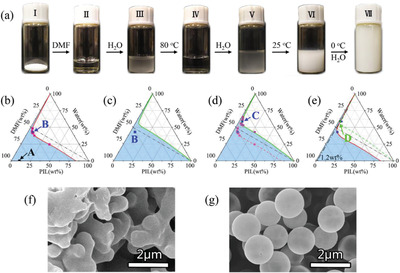
A simple and large-scale non-chemical method, cooling-assisted phase separation method, is developed to prepare uniform poly(ionic liquid) microbeads in a mixed solvent composed of good solvent and non-solvent. This method does not need any stabilizers and possesses high yield of 88%. The size of microbeads can be controlled by adjusting the preparation parameters.
Expanding Cyclic Topology-Based Biomedical Polymer Panel: Universal Synthesis of Hetero-“8”-Shaped Copolymers and Topological Modulation of Polymer Degradation
- First Published: 09 July 2021

Herein synthesis of a well-defined hetero-8-shaped amphiphilic copolymer, cyclic-poly(oligo(ethylene glycol)monomethyl ether methacrylate)-b-cyclic PCL (cPOEGMA-b-cPCL) is reported by an elegant integration of intrachain click cyclization and interchain click coupling. The micelles based on cPOEGMA-b-cPCL show much slower degradation profiles than the previously reported linear counterpart, POEGMA-b-PCL and tadpole-shaped analog, PEG-b-cPCL because of the presence of cyclic hydrophilic POEGMA segment.
Macrocyclic Photoinitiator Based on Prism[5]arene Matching LEDs Light with Low Migration
- First Published: 25 June 2021
![Macrocyclic Photoinitiator Based on Prism[5]arene Matching LEDs Light with Low Migration](/cms/asset/55277eef-e3b5-4baa-9f41-caf443755513/marc202100299-gra-0001-m.jpg)
A macrocyclic photoinitiator matching long-wavelength light (365–405 nm) is developed based on the naphthalene-based macrocycle prism[5]arene (NP5OCH3). Under light irradiation, the macrocycle is cleaved to linear oligomer biradicals, which can efficiently initiate the free radical photopolymerization of acrylate monomers. Owing to no small molecule fragment generated during NP5OCH3 fracture, NP5OCH3 photoinitiator shows much lower migration rate and cytotoxicity.
Novel Polymer-Based Organic/c-Si Monolithic Tandem Solar Cell: Enhanced Efficiency using Interlayer and Transparent Top Electrode Engineering
- First Published: 04 August 2021
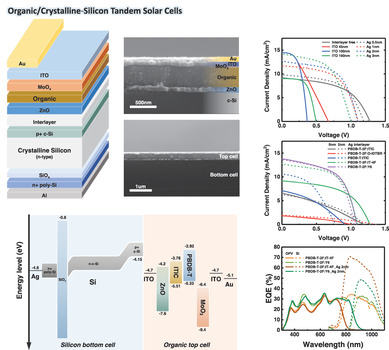
This study reports the first monolithic organic/c-Si tandem solar cells using polymer photoactive materials on c-Si wafer substrates. The each subcell is electrically connected by showing an open circuit voltage over 1.4 V, and the efficiency simulation results indicate the possibility of achieving over 20% efficiency using the organic/c-Si tandem cells.
Persistent Water Repellency of Syndiotactic Polymethylene with Perfluoroethyl Hexyloxycarbonyl Side Chains
- First Published: 06 August 2021
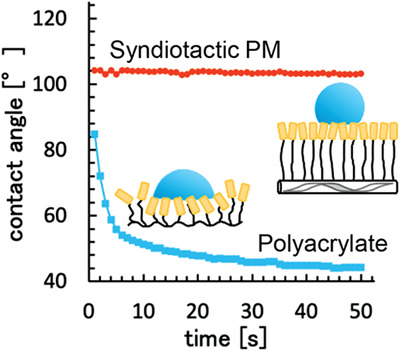
Syndiotactic polymethylene (st-PM) with perfluoroethyl moieties at the end of the side chains exhibits more persistent water repellency than the polyacrylate with the same side chains. This stable hydrophobicity is ascribed to the suppression of rearrangement of the side chains when they contact water due to a liquid crystal formed with side chains extended perpendicularly from the main chains.
Stimuli-Responsive Block Copolymer Micelles Based on Mussel-Inspired Metal-Coordinated Supramolecular Networks
- First Published: 04 August 2021

Mussel-mimetic block copolymer micelles based on polyzwitterions as one block and poly(N-isopropylacrylamide) and dopamine methacrylamide as another block are fabricated via metal–catechol dynamic cross-links. These micelles are responsive toward change in both temperature and pH as studied from their solution properties and morphologies.
Tunable Photoluminescence Properties of Microcrystalline Cellulose with Gradually Changing Crystallinity and Crystal Form
- First Published: 12 July 2021
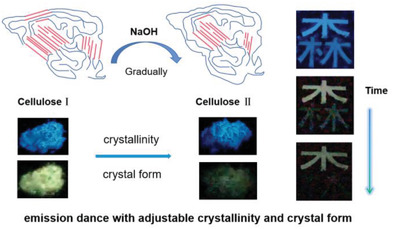
Cluster luminescence dances with adjustable crystallinity and crystal form. By precisely adjusting the crystallinity and crystal form, the changing trend of quantum efficiency and p-RTP lifetime is consistent with the changing crystallinity of microcrystalline cellulose (MCC), and cellulose I may be more beneficial to photoluminescence (PL) emission than cellulose II. Clustering-triggered emission mechanisms can reasonably explain these interesting photophysical processes.




